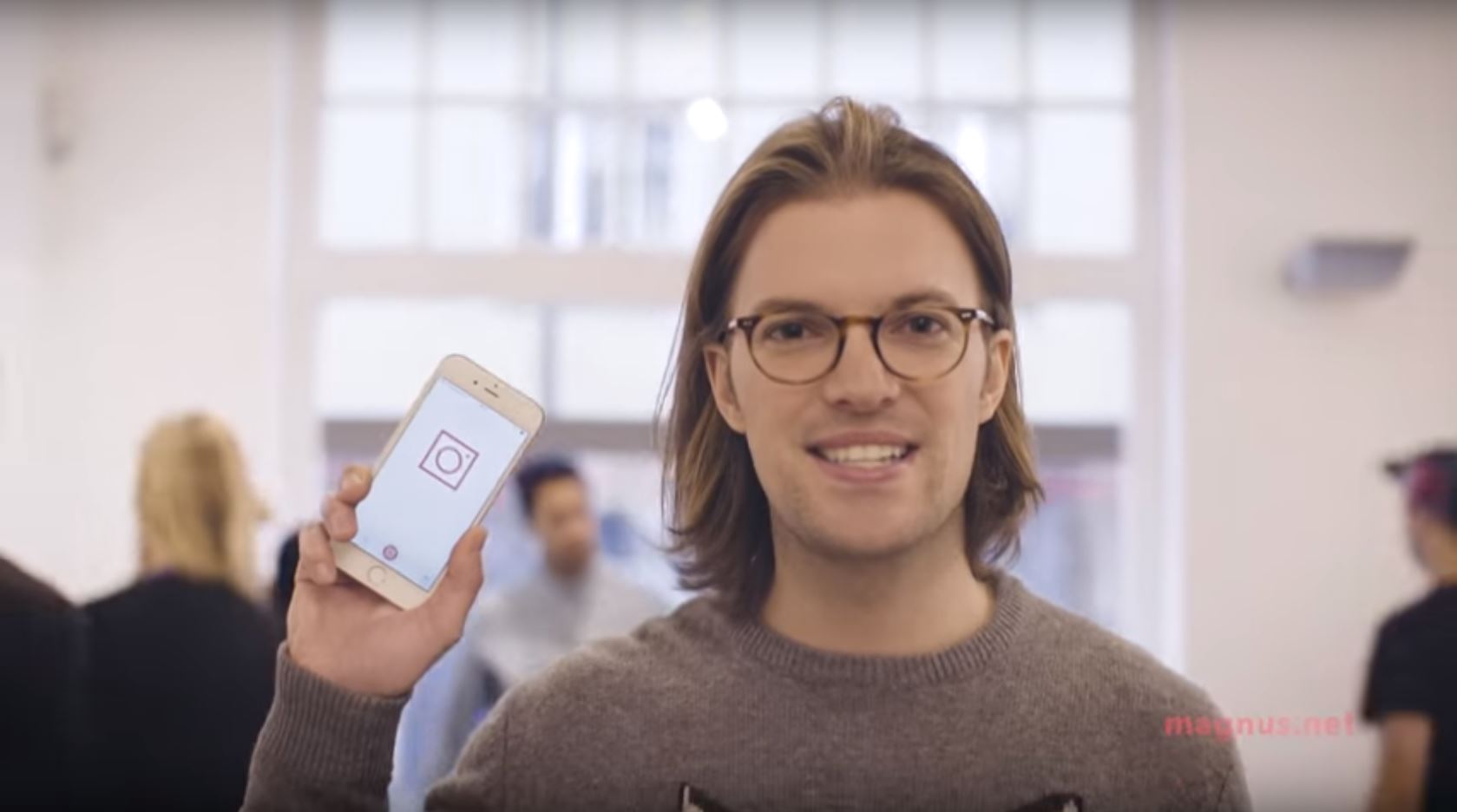
Magnus, an app promoted as “Shazam for the art world,” has run aground after it emerged that some of the data that powered the app, including art prices and images of artworks, was stolen from existing databases and from individual art galleries. Apple has pulled the free app from its store.
“It’s the world’s best art price database,” boasts the app’s website (which is still operating), but in fact, both ArtFacts and Artsy say that their art price and gallery listing data helped to power the app, without their authorization. (artnet maintains databases of auction prices and galleries that were unaffected.)
“The only thing I can say is that ArtFacts and Artsy are competitors,” Resch told artnet News by phone. “The information that they offer for a price, we offer free of charge.” Resch declined to answer questions about whether the app would be returned to the store, or to respond to specific accusations. Apple’s press office did not immediately respond to a request for comment.
(A representative of Artsy pointed out, in response to Resch’s comment, that galleries pay Artsy a subscription fee but that users pay nothing.)
A complaint that ArtFacts filed with Apple and provided to artnet News shows numerous examples of information from the ArtFacts database appearing verbatim in Magnus, even down to minor mistakes.
Hailed by publications like Business Insider, Bloomberg, and Vice, the app let users take a picture of an artwork and get information on the artist, including exhibition histories, detailed views of artworks, and even an in-room feature. It was operating in New York, Berlin, and London, where it maintained maps of gallery locations.
But the art-pricing information, which promised to lift the veil on art-market opacity, was its most-touted feature. The app’s creator, Berlin entrepreneur Magnus Resch—he named it for himself—proclaimed the app offered a way to “democratize” the art market (a claim that has by now become familiar, having been made before by entities like Artdex, Arthena, the Clarion List, and others).
ArtFacts.net director Marek Claassen’s heart sank when he read a New York Times article that specified that the app was powered by a database with no less than eight million auction and gallery prices.
“There was no way they could have amassed that much information so quickly,” he told artnet News in a phone interview. “The kind of data the app offered has to be collected and organized by hand.”
Launched in 2001, ArtFacts boasts a database consisting of information on over 600,000 exhibitions in nearly 200 countries, with data on over 450,000 artists and nearly 30,000 works of art. Annual subscriptions start at €240; premium subscriptions cost €960 per year.
Artsy, for its part, offers a database of 400,000 images of art, architecture, and design by 50,000 artists, as well as artworks for sale. It was launched in beta in 2012 by then 25-year-old Princeton graduate Carter Cleveland. Its key feature is a “genome” model that helps collectors find work they like based on their existing tastes.
Artsy confirmed to artnet News that some of its data had ended up in the Magnus app.
Management von Kunstgalerien by Magnus Resch
Photo: Karolina Rosina, courtesy Magnus Resch
In 2014, Hatje Cantz published Resch’s book Management of Art Galleries, to some poor reviews. Dealer Kenny Schachter recommended taking it with “100 grains of salt,” while, in a joint review, artist William Powhida and dealer Magda Sawon called it “a painfully padded pamphlet.”
The information in the app was taken not only from databases, but, in at least one case, from an individual gallery, says a dealer.
Cai Wagner, co-founder of Berlin gallery Wagner + Partner, received an email purportedly written by a “curator,” but which was, he says, written by Resch, inquiring about the work of a gallery artist, to which the gallery responded with an image and price information.
“We had not published this artwork anywhere else,” Wagner told artnet News by phone, but the work and its price later showed up on the Magnus app.
“This is a very wicked business model,” Wagner said. “It’s highly unfair.”
“This is not the first time, and it won’t be the last,” Wagner said. “It’s not about making the art world transparent or democratic. Even on the Internet, there have to be rules.”
“Any digitized information in a database is vulnerable,” Claassen said. “The music and film industry have been devastated by online piracy, and now we see that the art database field may be similarly affected by these so-called ‘disruptors.’”